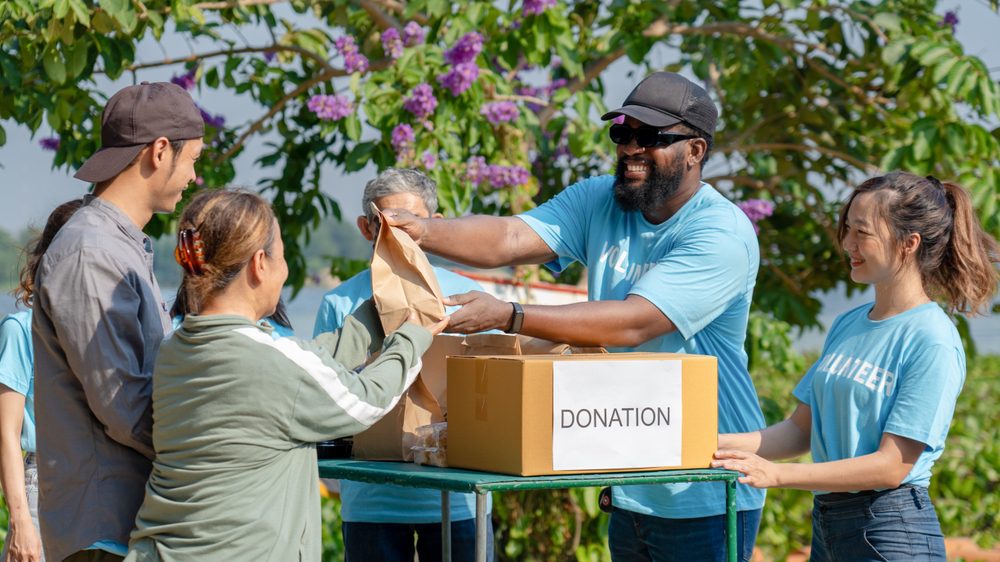Nathan Ehrlich, age 40, has had more health troubles than the average person, to say the least. As a teenager, he was diagnosed with leukemia. Thanks to the support of loved ones, a top-of-the-line medical team, and a bone marrow transplant when he was just 16, Nathan was able to be successfully cured.
Today, Nathan has a family of his own, and this summer he will look back on 25 years since his leukemia went into remission for the final time. However, the years in-between haven’t all been smooth sailing for Nathan health wise. When Nathan was in his late 20s, his health began to mysteriously decline once again. After suffering a massive seizure in 2018, he awoke to find that he couldn’t work. It was 2020 before doctors discovered a disease-causing mutation impacting Nathan’s SAMD9L gene.
As it turned out, this mutation is probably responsible for Nathan’s early case of leukemia. In patients that survive their childhood cancer, many go on to develop another disease associated with the mutation called ataxia-pancytopenia syndrome (ATXPC). This autoinflammatory disease can trigger bone marrow failure and neurodegeneration that affects the central nervous system. Despite the serious effects of the disorder, Nathan was relieved once he was diagnosed, because most patients never are.
While facing life with this diagnosis, Nathan isn’t giving up and is hoping to make a difference for other people living with ATXPC. In order to achieve this goal, he started The ATXPC Foundation in 2023. Through the foundation, Nathan aims to organize patients and help fundraise research that will lead to the development of the first-ever treatment for the disease.
As a first step, the organization is planning to conduct a high throughput drug screen in order to search for currently FDA-approved drugs that could be potentially useful in ATXPC. The Broad Institute at MIT has agreed to collaborate with The ATXPC Foundation on this project. However, implementing such as a screening isn’t without cost; in fact, it costs $100,000!
Nathan has found a matching donor through the Seattle Children’s Hospital: if the foundation can raise $50,000 by Valentine’s Day, then the hospital will match that number.
As it turns out, through the support of generous donors, the foundation was able to reach the $50,000 mark in just a few weeks. However, you can still contribute to the fundraiser, as any additional funds will go towards the organization’s broader activities, such as supporting the ATXPC patient community.
If you want to help support the campaign with a donation, click here.
Also, don’t miss out on this FREE virtual patient conference about the SAMD9L mutation, hosted by St. Jude’s Children’s Research Hospital.




